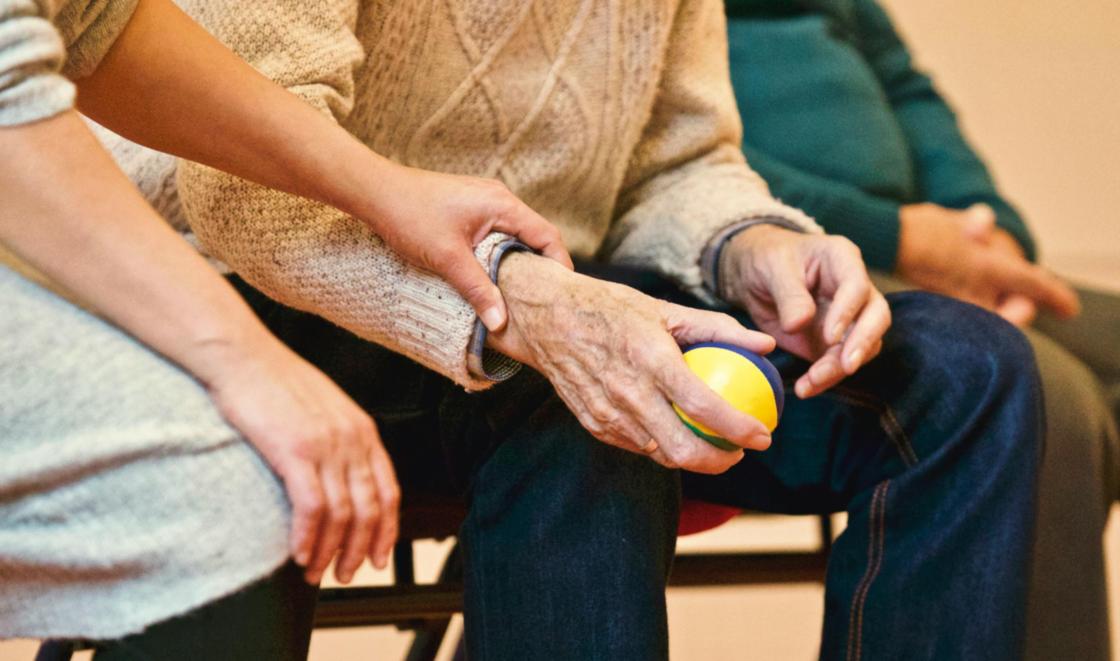What is the aim of this project?
The aim of this study is to develop an intervention that may reduce the overall burden of chronic diseases in nursing home residents, leading to improved health outcomes and quality of life, and reduced healthcare costs.
How the research will be carried out
The intervention will be developed based on systematic reviews of previous research into the association between sedentary behaviour and sarcopenia, and sarcopenia interventions in long-term care facilities. Qualitative interviews will also be carried out with nursing home residents and staff, exploring their experiences of and preferences around sarcopenia interventions.
The developed intervention will be then provided by staff to nursing home residents. Both quantitative measurement and qualitative interviews will be conducted to assess the intervention delivery, acceptability and feasibility.
How are patients and the public involved?
The researchers are working with managers, registered nurses and health care assistants in Chinese urban nursing homes.
A separate patient and public involvement (PPI) advisory committee, consisting of non-participant members (including family members, registered nurses, experts and researchers in geriatrics), will actively contribute to the study. The committee will participate in regular consultations, conducted either in person or online, in formats ranging from one-to-one discussions to small group meetings. Their input will provide valuable insights and suggestions on study design, ensuring the research is relevant and sensitive to the needs of elderly residents.
Additionally, the PPI committee will play a critical role in overseeing the implementation process, identifying potential barriers or facilitators, and assisting in the dissemination of findings by offering feedback on the accessibility and relevance of study outcomes for both practitioners and the public.
Collaborators
This project is funded by the King's College London-China Scholarship Council. It began in October 2021 and is expected to complete in October 2025.
Find out more
Read more about the palliative and end of life care research at ARC South London.
Read the systematic review of sarcopenia interventions in long-term care facilities targeting sedentary behaviour and physical inactivity.
References
- Papadopoulou SK, Tsintavis P, Potsaki G, Papandreou D. Differences in the Prevalence of Sarcopenia in Community-Dwelling, Nursing Home and Hospitalized Individuals. A Systematic Review and Meta-Analysis. The journal of nutrition, health & aging [Internet]. 2019 Oct 3; Available from: https://link.springer.com/article/10.1007%2Fs12603-019-1267-x

